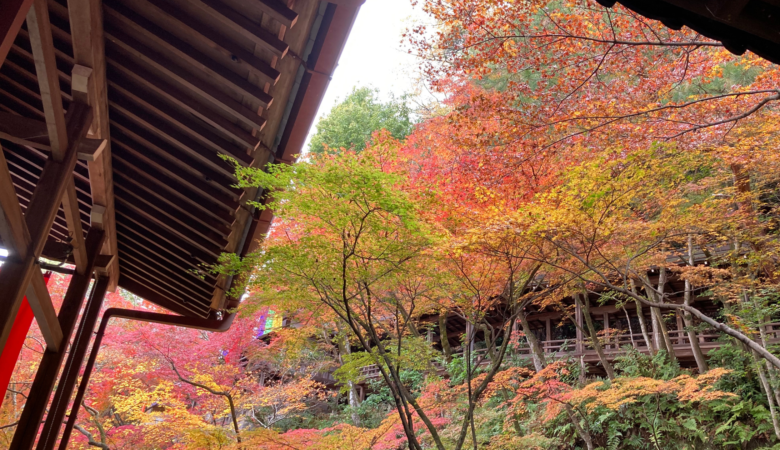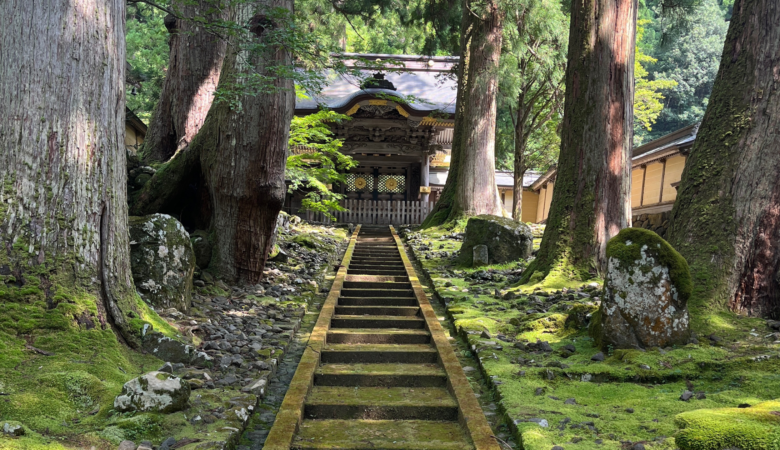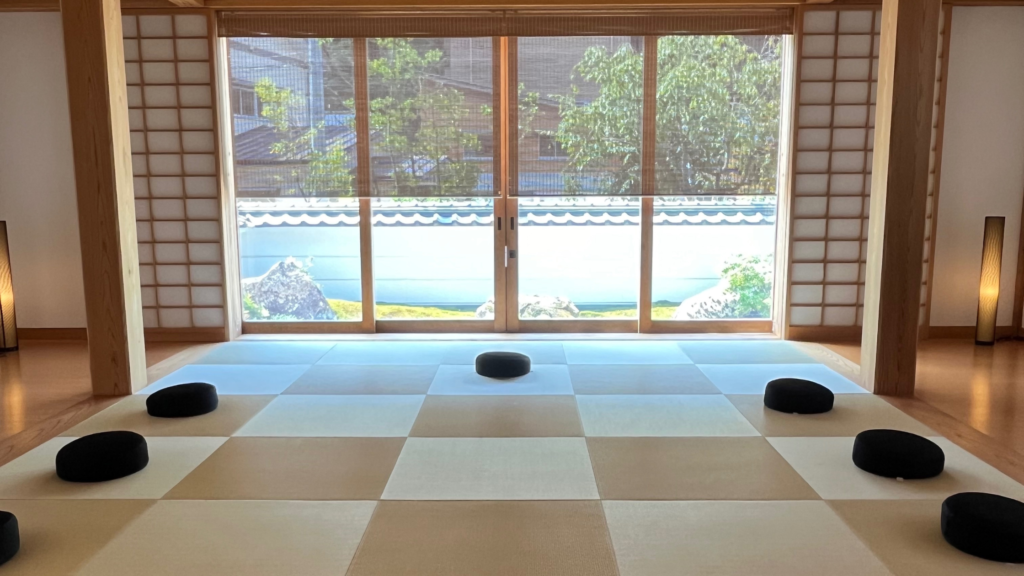In Japan, as the hot summer passes and autumn breezes begin to blow, people look forward to seeing the beautiful autumn leaves.
Where autumn transforms the landscape into a breathtaking tapestry of vibrant colors. From the golden ginkgo trees to the fiery red maples, the fall foliage here is a sight to behold. Imagine strolling through ancient temples and serene gardens, all set against a backdrop of stunning autumn hues.
In Japan, the culture of appreciating flowers, and going to see autumn leaves has been passed down since ancient times. Autumn is also known as the season of art, and people enjoy the contrast between the changing colors of nature and the beautiful temples, gardens, and mountains.

The JMC has announced its forecast for the best viewing times for autumn leaves in 2024 on 3rd September. This year’s autumn leaves are expected to be average or slightly later than average across the country. In Tokyo in particular, the best viewing time for autumn leaves is expected to be around December 1st.
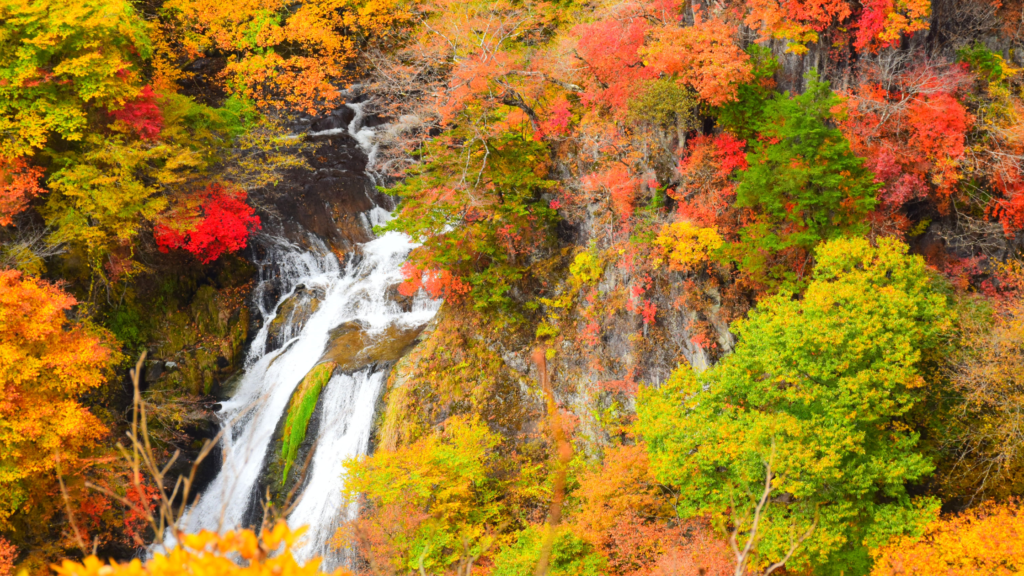
This time, I would like to introduce you to “Momiji-gari”(viewing autumn leaves), a Japanese autumn pastime.
History of “Momijigari”
The culture of viewing autumn leaves (Momijigari) is said to have become popular among the nobility around 1,300 years ago. People would go to the fields and mountains during the autumn foliage season, hold banquets while admiring the leaves, and compose waka poetry. This custom spread to the common people around 400 years ago.
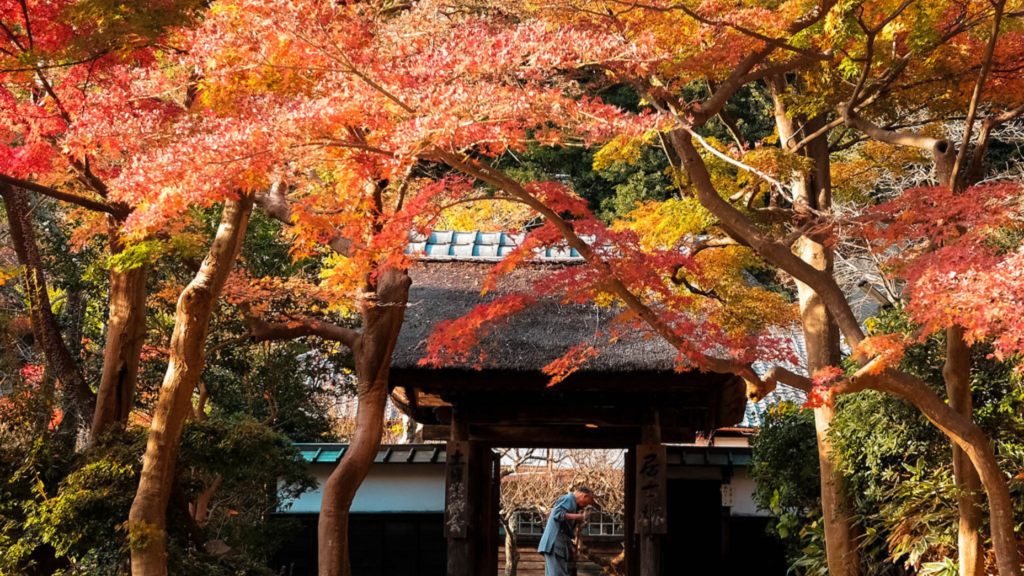
Why Japan’s Autumn Leaves are unique?
1st, the variety of tree species that change color, resulting in a rich palette of shades. 2nd, unlike anywhere else in the world, Japan’s autumn leaves are celebrated with a deep cultural significance. The harmony between the natural beauty and the traditional architecture creates a unique and unforgettable experience. Whether you’re exploring bustling cities or tranquil countryside, the autumn leaves add a magical touch to every scene.
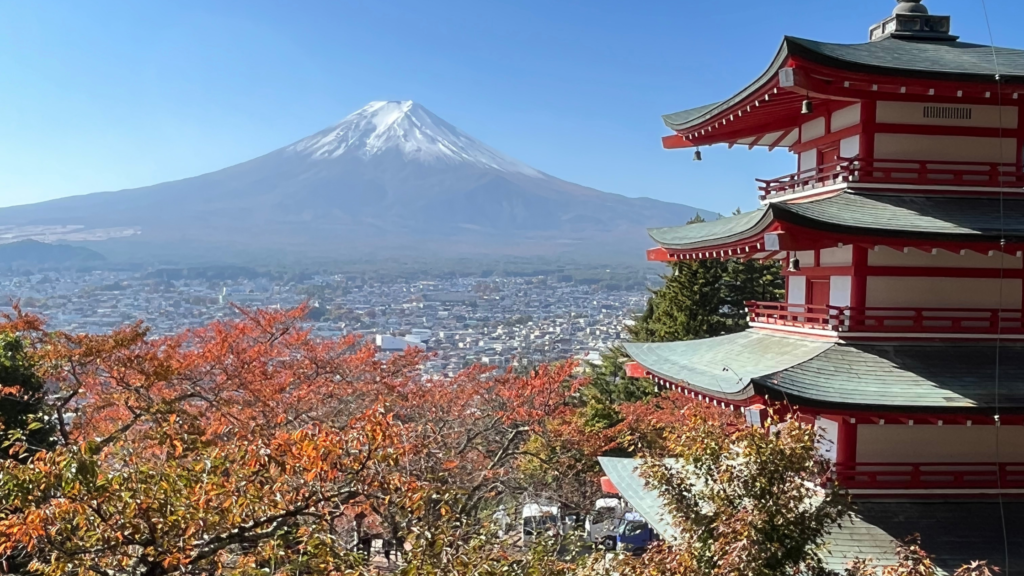
Where is the popular spot?
One of the most popular destinations for viewing autumn leaves is Kyoto, where historic temples and gardens provide a picturesque backdrop. Another famous spot is Nikko, home to the UNESCO World Heritage site Toshogu Shrine. The surrounding mountains and forests offer a magnificent display of autumn colors, making it a perfect spot for nature lovers.
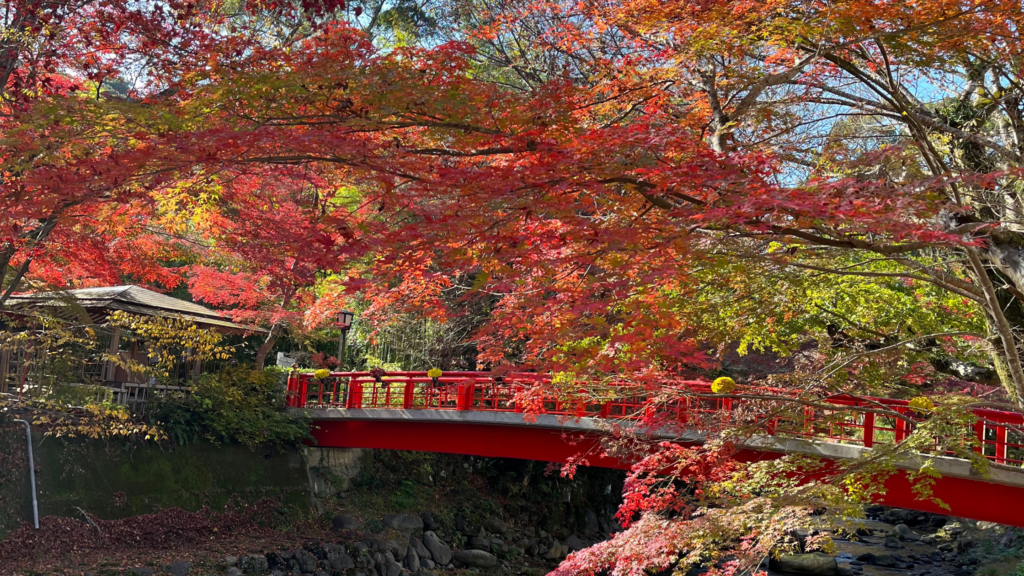
However, there are many other spots to see autumn leaves in the suburbs of Tokyo, such as Hakone, Kamakura, Shuzenji, around Mt. Fuji. There are also many Old feudal lord gardens in the center of Tokyo, where you can enjoy the contrast between the beautiful autumn leaves and traditional parks. The yellow ginkgo leaves in the city will make your walk a beautiful memory.
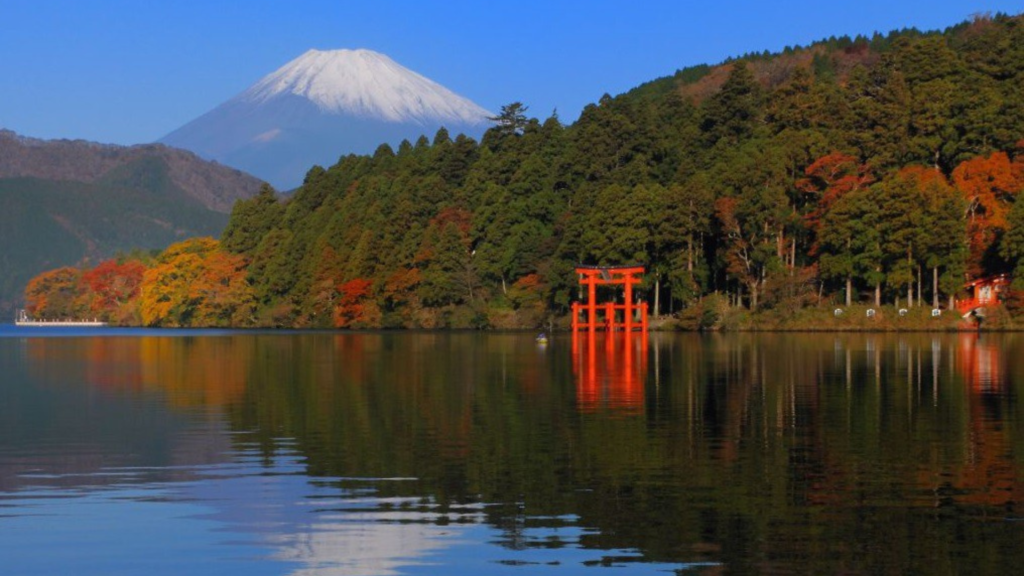
Best Time to Visit
The peak season for autumn leaves varies by region, but generally, you can enjoy the colors from mid-October to early December. In the north, such as Hokkaido, the leaves start changing as early as late September, while in Kyoto and Tokyo, the best time is usually mid to late November.

Join us on this enchanting journey and create memories that will last a lifetime. Don’t miss the chance to witness the spectacular autumn foliage in Japan!
If you interested in Japan travel, please check our website!

